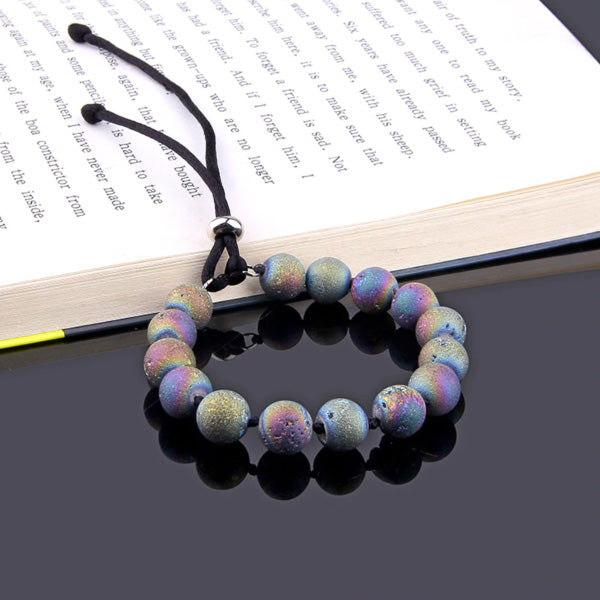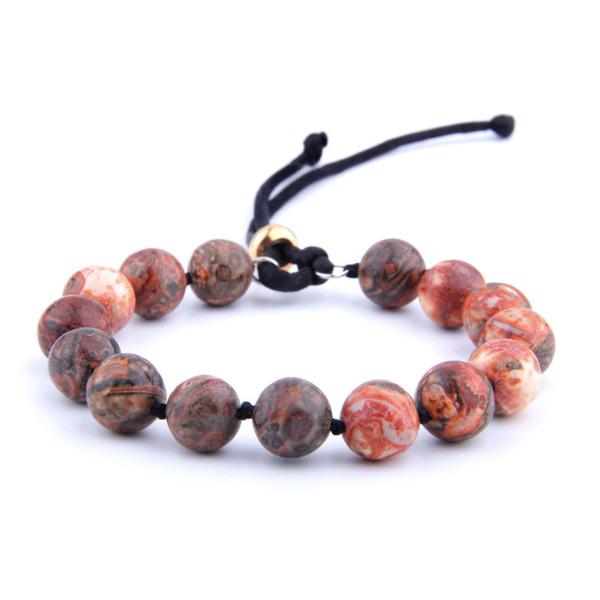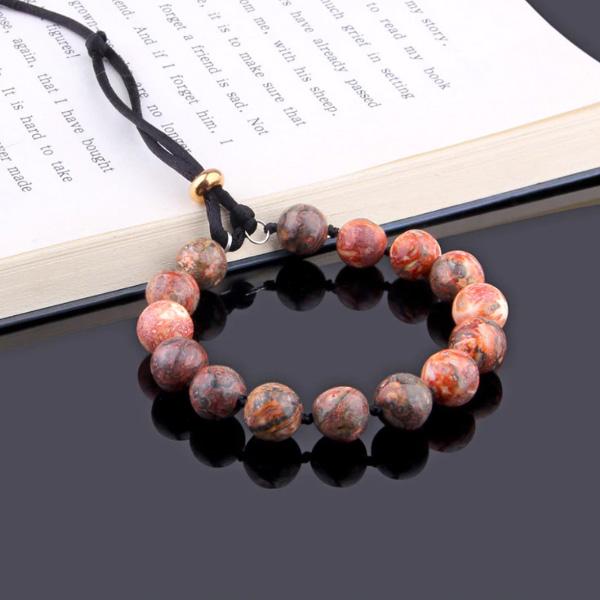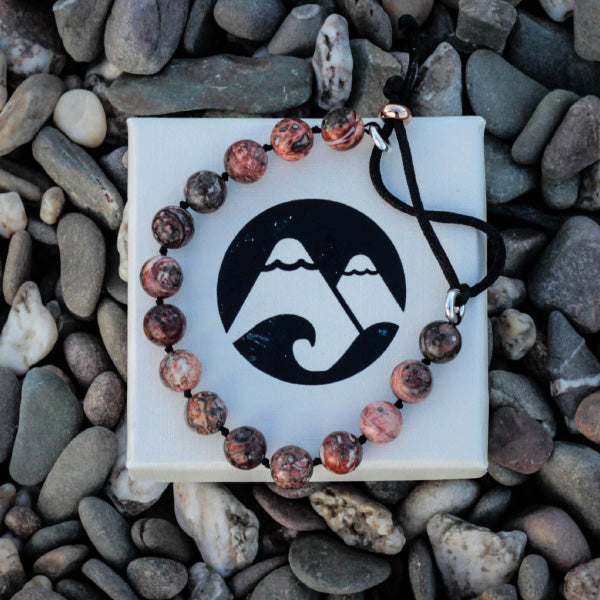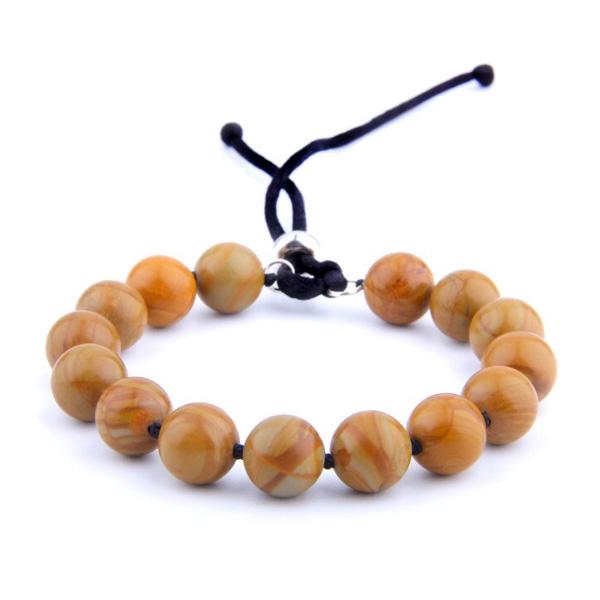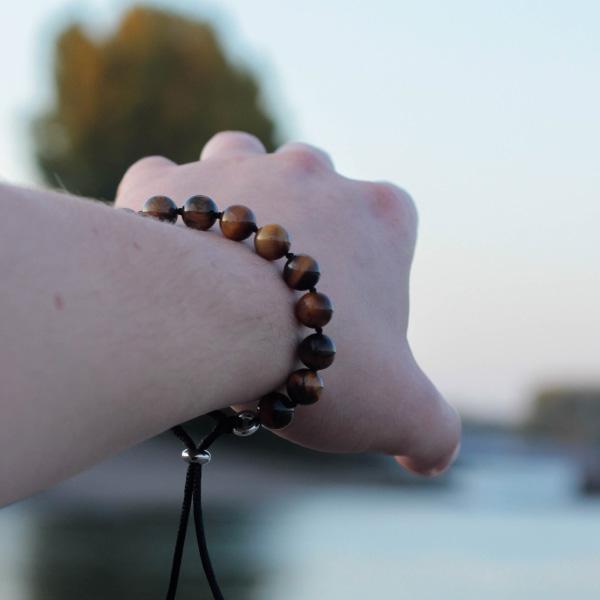Improve Air Quality with the Right Houseplants
Even those who have nothing to do with shared apartments will be delighted by their green roommates. Because if you surround yourself with indoor plants, you also do a lot for your wellbeing. With their fresh green color, the plants visually relax and can even improve the air in the room. The effect on the room depends on the type of plant used - more on that note later.

Do plants belong in your bedroom, or are they harmful at all? Curious myths about poisonous plants that breathe oxygen away at night reinforce the impression that plants have no place in the bedroom.
The opposite is the case because plants even have a significantly positive effect on the quality of your sleep. We'll show you the best plants for your household, their counterparts and offer you pieces of advice on the optimal way to improve your air quality.
Overview
TL;DR
While not only improving your indoor air quality, choosing the right house plants can also be good for air humidity, your body health, and mental health. Stick to these plants for your own good:
- Guiana Chestnut
- Bow Hemp
- Aloe Vera
- Orchids
- Mountain palm
Not every plant is suitable for your household. Especially allergy sufferers should be alarmed of the following plants, which can provide headaches because of their strong smell:
- Hyacinths
- Weeping fig
- Jasmine
In case you want your green friends to last for several years, make sure to follow these advices:
- Water your plants properly
- Ventilate with the right conditions
- Dust your plants off and spray them with water
- Choose the right nutrients
- Use hydroponics instead of potted plants
- Fertilize your plants
First of all, we will describe what benefits they can provide for you and the people who are living under your roof and name suitable plants for your household. Next however, we will dispel the myth of oxygen-robbing plants and explain to you what makes green plants harmful residents of your bedroom. So that you can fall asleep next to your plants without fear, we will show you plants that you shouldn't put in the bedroom and give you tips against mould. Lastly, we will provide you with efficient tips to make your houseplants survive longer and show you ways on how to decorate them in your household.
Houseplants make your lifestyle healthier
The selection of suitable plants depends on personal taste and, of course, space and light available in the apartment. Devil's ivy, arborists, ficus or dragon trees - there are many types of plants that require little care and thrive in every apartment without a green thumb.
Improved air quality
Science proves that indoor plants can improve indoor air. The plants, some better others worse, extract harmful substances from the air and will therefore provide your with fresh oxygen. Of course, you will not notice a benefitting effect with just one houseplant. Nonetheless, the indoor air can be significantly improved with a few specific types of houseplants or a large number of houseplants. A good example is bow hemp. It stores CO² and does not make the air stuffy.
Plants enrich the air with oxygen, which is hardly noticeable most of the time; however - simple ventilation increases the oxygen content much more effectively. The ability of plants to filter pollutants from the room air is far exceeded by regular ventilation; the air exchange reduces the pollutant content to a greater extent.
Save from pollutants
Plants convert CO2 into oxygen and thus provide fresh air. However, some plants can do much more than that. Some plants purify the air of pollutants and thus improve the air quality in your room.
Because thanks to paints, varnishes, electrical devices, furniture and even carpets, there are sometimes toxic fumes in our indoor air. Including trichloroethylene, formaldehyde, benzene, xylene and ammonia - all of which are dangerous gases. They can trigger headaches, dizziness, allergies and other illnesses. They also prevent concentration and make us unproductive.
Living healthier
Plants have also been shown to be good for health. Because indoor plants release water into the air during the day, the air is more humid and thus works against dry respiratory tract and can protect against colds. Studies also show that people in an environment with plants can have lower heart rates and blood pressure.
- The top humidity performer: Indoor plants act like air humidifiers, but in contrast to technical devices, they emit germ-free water vapour. On average, plants give over 90% of the irrigation water back into the room air. The front runner among the plant humidifiers is the sedge grass (Cyperus papyrus), which, as a tropical marsh plant, should always have its roots in the water. A 1.5-meter high specimen evaporates one to two liters of water a day. This amount of water is enough to supply a room of around 20 square meters with sufficient humidity. Moist air is also less dusty. The tiny water droplets bind dust particles and let them sink to the ground, where they no longer swirl around and tickle your nose.
Cyperus Papyrus and a Chenille plant. I had fun at the garden center today. 😍🌿 from r/houseplantsIn case houseplants are not enough for you, growing your herbs in the house satisfy you even more. A lot of options are available to you, even if you don't have a green thumb at all.
For a healthy mind
Finally, plants can also be useful for the psyche. That may sound strange at first. You may find out what we mean for yourself at home or work. A greener environment can enormously improve wellbeing or work performance. Sterile living rooms or offices can lead to places being perceived as cold and uncomfortable, which in the long term can affect one's mood. Learn more about how you can transform your household into a more eco-friendly approach here.
Plants, whether small or large, can make a significant contribution to wellbeing at home or work. You don't even have to be a plant virtuoso for it. Fortunately, many plants require little care and are, therefore, a good opportunity for everyone to live and work a little greener without much effort.
Houseplants in the bedroom that promote sleep
You don't have any plants in your bedroom yet? Besides the benefits named above, certain houseplants can make your nights more comfortable. We'll show you five that you should put in your room to have several benefits, but most importantly: improve the quality of your sleep.
1. Thick leaf plants like Guiana Chestnut: Thick leaf plants like the Guiana Chestnut are ideal for the bedroom. It releases oxygen at night, which makes it perfectly suitable for your bedroom.
Guiana Chestnut- Macro Camera on the Samsung A51 from r/macro
What is unique about them: The desert plants close their stomata, that controls the rate of gas exchange, during the day so that they do not lose water. The oxygen that is produced during photosynthesis cannot escape.
The stomata then open at night to fix CO2. The CO2 that you exhale at night is then directly absorbed by the thick-leaf plant. At the same time, the plant releases the stored oxygen from the daily photosynthesis process.
Besides, the thick-leaf plants also include, for example, gold sedum, echeveria or houseleek.
2. Bow hemp: The bow hemp can help with headaches, while not only looking modern. It is also the perfect air filter and frees your room of pollutants. Having a few bow hemp plants in your bedroom ensures good air inside. And that's not all: The smooth surface of the leaves often catches dust and therefore helps with headaches, so you should wipe the long leaves regularly.
3. Aloe Vera: You may also know the aloe vera plant in connection with its cooling effect, as a dietary supplement or as a skincare product. The well-known medicinal plant also helps you fall asleep because it is an optimal air purifier by filtering pollutants from the air.
4. Orchids: The popular orchid is a particularly useful air purifier plant. It is one of the most popular indoor plants. Whether orchids are beautiful or not is a matter of debate. But we can tell you one thing for sure: Orchids improve the indoor environment because they filter pollutants and also increase the humidity in your bedroom.
5. Mountain palm: The mountain palm is the ideal plant for the bedroom. It has many long leaves through which it can optimally filter pollutants from the air. Due to the overall vast leaf surface, it can also optimally regulate the air in your bedroom while being a great decoration object.
Do plants breathe my oxygen away at night?
The myth that plants can breathe oxygen away during sleep at night is discussed a lot on the internet. But you can (in the most real sense of the word) breathe a sigh of relief.
It is correct: The photosynthesis process and thus also the oxygen production come to a standstill during the night. Instead, plants take in oxygen at night. But the amount is so harmless that it does not negatively affect our sleep.
Plants in darkness: Plants need sufficient daylight so that they can produce oxygen. During the night the process comes to a standstill. The myth that plants can even produce oxygen at night also persists in the opposite direction. There are plants, such as various thick-leafed plants, that release the oxygen they make during the day at night.
The answer to the question above is quite clear: No, that is not possible. Plants need daylight to produce oxygen. Even in the rainforest, there is a broad layer of plants such as ferns, mosses or fungi in areas, where only 1 to 3% daylight can get by. At night, however, oxygen production also comes to a standstill.
3 plants that you should banish from the bedroom
Allergy sufferers, in particular, should pay close attention to what comes into the bedroom and what doesn't when choosing plants. Some plants can cause allergic reactions. Flowering plants with particularly strong scents, on the other hand, quickly cause headaches and impair the quality of sleep. We introduce you to three houseplants that can negatively affect your sleep and that you shouldn't bring into the bedroom.
1. Hyacinths: Hyacinths are considered fragrant beauties, they come in many different colors, and they decorate your windowsill in spring. The more the hyacinths open, the more pungent the smell. It would help if you didn't put the lily plants in the bedroom. The intensely fragrant flowers can cause headaches and reduce the quality of your sleep.
2. Weeping fig: The weeping fig is particularly unsuitable for allergy sufferers. Allergy sufferers take note: the weeping fig is a popular houseplant, but due to the high risk of exposure, it should not find a place in the bedroom.
The weeping fig allergens are found in the sap and on the leaves. Dust in the bedroom and carpeting promote allergic reactions to the weeping fig. If you still want to put the plant in your bedroom, you should therefore regularly vacuum or wipe and avoid carpeting.
3. Jasmine: The flowers of the jasmine plant give off a charming scent. Whether or not jasmine should be on the windowsill in the bedroom is highly controversial, and everyone has to decide for themselves. The intense fragrance of the jasmine flowers is said to have a calming effect and promote your sleep. On the other hand, its intense smell can cause severe headaches.
Mould on potting soil
A white deposit on the surface of the soil can indicate a possible mould, mites or fungal spores. Often, however, it is only harmless limescale deposits that settle on the body when pouring it with water.
Mould growth on the surface of your houseplant is particularly bad for the indoor air. Mould spores like it damp. If the moist soil is also very rich in nutrients, mould can spread adequately. Remarkably inexpensive soil offers a good breeding ground for the harmful fungi. It usually contains a high proportion of compost, a paradise for every mould. Organic material and excessive humidity promote the growth of fungal spores, which can then spread through the air in the room.
Scientists say that our immune system shuts down at night and is then naturally more vulnerable. Allergy sufferers, in particular, can suffer from it at night when the mould spores are in the air dangerous mould is also the reason why, for example, potted plants, which are hazardous to health, are banned in hospitals.
Plant care tips for a healthy indoor climate
So that your plants can have a positive effect on your sleep, you must care for them properly and ensure an excellent indoor climate in the bedroom. These tips will help you:
- Watering plants properly: Before you water the plant and potential mould can form, consider the properties of your plant. How much water does it need and how often do you have to water it?
- Ventilate, but do it right: Your indoor plants produce oxygen, but they need fresh air so that they can work themselves adequately. Therefore you should ventilate regularly. Plants with small leaves often respond to excessive drafts by shedding their leaves. It would be best if you didn't put this directly at the window.
- Dusting off and spraying with water: Plants can get dust quickly, mostly plants with larger leaves are prone to it. Dusting is particularly important in winter. Only when the leaves are freed from the layer of dust can these pollutants filter optimally. Allergy sufferers should wipe the leaves regularly with a damp cloth. Especially in winter, the dry heating air can be a real killer for your plants. Your leaves will dry out faster. It would help if you, therefore, sprayed plants with small plates more often with water. When dusting, think about the plants. Dust hinders photosynthesis and weakens the whole plant. Wipe the dust off with a damp cloth if you don't have any alternatives.
- The right nutrient medium: Different plants need different nutrient mediums. If you use the wrong nutrient medium, waterlogging can quickly occur. The soil is too moist, and then mould spores provide an optimal basis for reproduction.
- Irrigation water: The water requirement depends on the season, the type of plant, the plant and pot size and the location. Water more sparingly in winter. In the case of wilted plants, first, check whether there is water in the planter and pour it off if necessary. Because plants with wet feet paradoxically look as if they were too dry. Check the planters regularly for excess irrigation water.
- Hydroponics instead of potted plants: Hydroponics are ideal for the bedroom because they can do without soil. That way, mould cannot form. The nutrient medium usually consists of expanded clay, which hardly releases any allergenic substances such as fungal spores into the air. So ideally suited for allergy sufferers.
- Fertilize plants: Essential nutrients from the earth are often used up quickly. For proper growth, however, phosphorus, potassium and nitrogen are crucial. You can find the right plant fertilizer for your potted plant in specialist shops. It is best to use the dosage quantities indicated on the packaging as a guide.
- Fighting insects: Oil-based agents have proven effective against mealybugs and scale insects, spider mites hate high air humidity and, in the case of stubborn infestation, are first thoroughly showered and fought with agents from specialist shops.
- Cut wisely: Dried up, withered leaves and dead plant parts are not only an aesthetic drawback but also breeding grounds for fungi and pests. Our tip: Do not cut the brown leaf tips back into the healthy tissue. Otherwise, the cut will turn brown again. It is better to cut the whole leaf away.
- Light preferences: Lack of light leads to long, soft and little leafy shoots. Since every plant has its own individual light needs, you should consider whether you can meet the requirements of the selected plant and otherwise prefer to use a different plant before buying.
- Don't move too much: Give your houseplants a permanent location that they don't have to worry about. Sudden light and temperature differences mean stress for the plants, and this has an unfavourable effect on them. So never turn the plants with the sun. Flowering plants in particular, such as azaleas, gardenia, Christmas and Easter cactus, camellias, wax flowers and also Clive, take turning personally and react sensitively.
Decoration tips
In connection with unique planters, indoor plants invite you to make your household more eco-friendly and be creative. Whether beautifully slim, brightly colored or unusually shaped, modern planters are a perfect decoration and design element and ensure that the plants are elegantly integrated into the home furnishings. The selection of vessels is enormous; the decision for or against a model is primarily a matter of taste.
Our tip: For the interior, planters should generally not have holes in the floor or at least be put on large coasters, because who wants to ruin their parquet or expensive carpet with flower water? However, you must then regularly check the vessels for excess irrigation water; otherwise, the plant roots will rot quickly.
When arranging, make sure it looks pleasing; the height of the plant and the shape of the container must match. Small plants look lost in large vessels. Be aware that planters that are too narrow or too small for your plant can quickly become top-heavy with tall plants and can tip over.
Free from a kind Redditor. from r/houseplants
Common myth: Pick a tight planter
It is best to sustain plants without a planter altogether. The reason is that the cachepot hides how much irrigation water flows through the drainage hole and pouring off the water is tedious, as the pot has to be taken out of the cachepot. If you don't want to do without a planter, make sure that you use a planter that leaves enough room on the sides and below. With a layer of expanded clay or small pebbles, you can prevent the plant from standing in the water and prevent possible root rot. Too much water means death for almost every houseplant.
Whether as a room divider, a green wall or privacy screen: large plants such as window leaves and also climbing plants such as royal wine makes every plant fan a garden architect in their own four walls.
We hope you enjoyed our deep-dive into houseplants and the benefits that come with them. Make sure to let us know in the comments what kind of houseplants you like the most.


